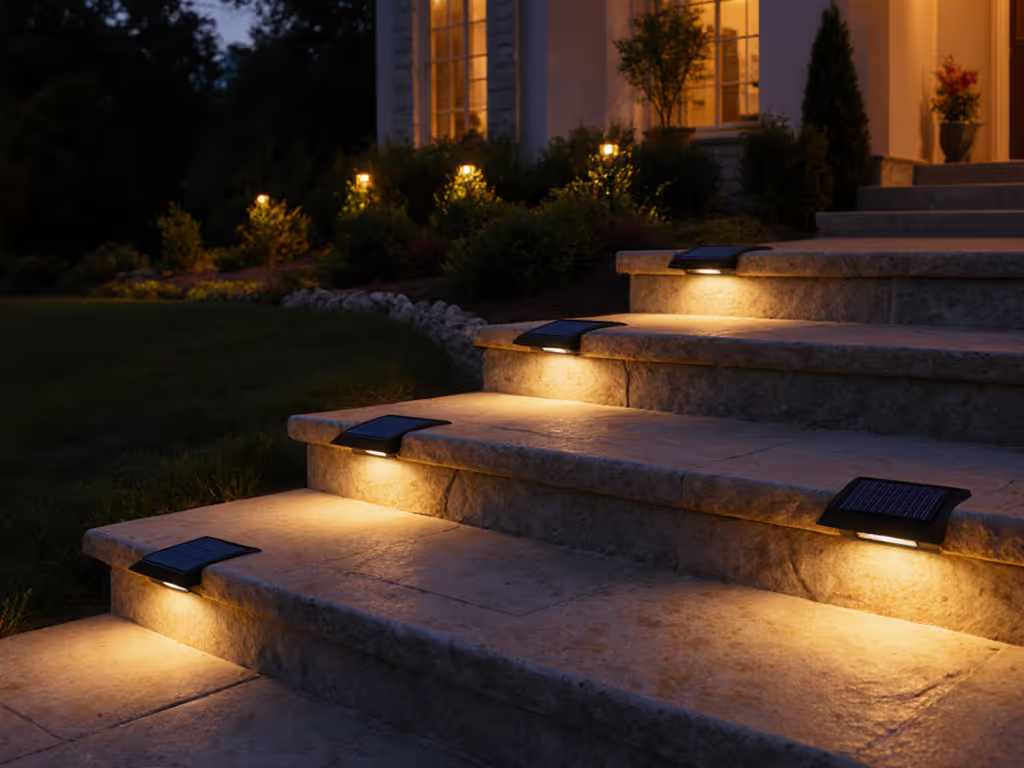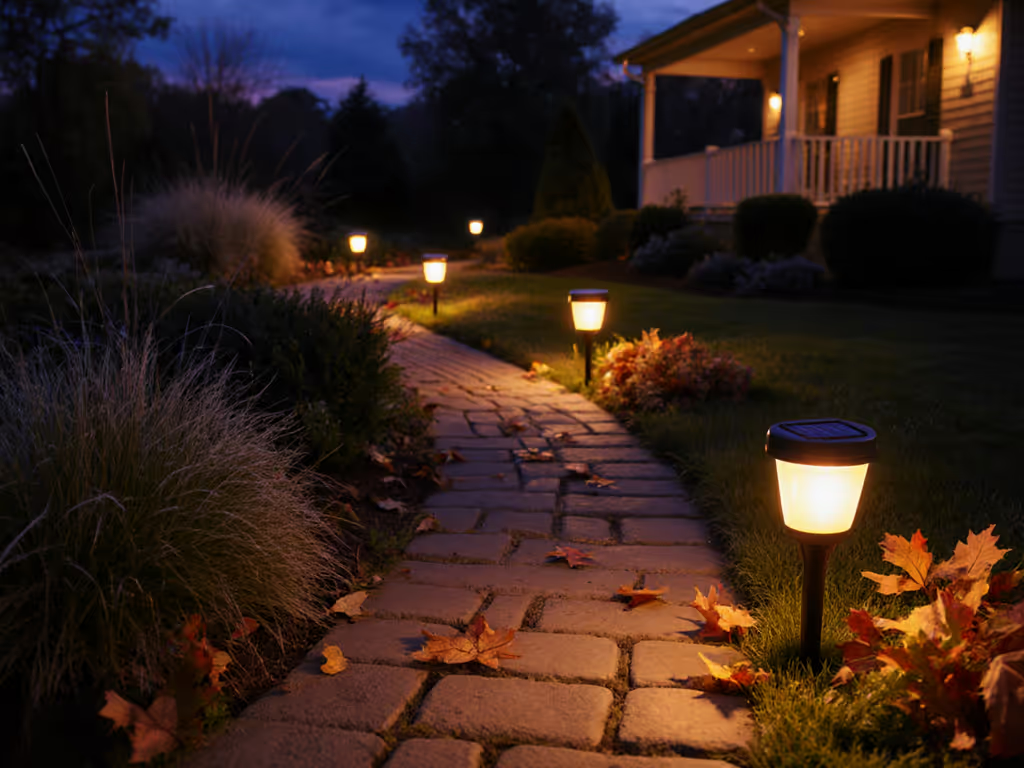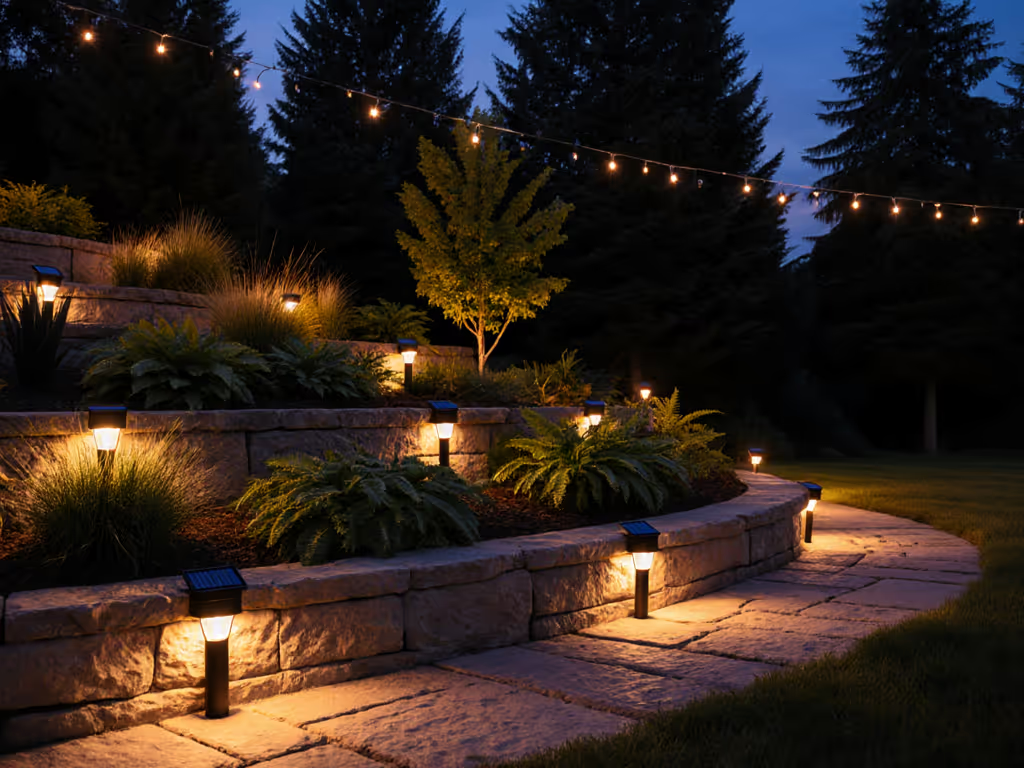

Luis Ortega
Practical setup of solar garden lights, mounting, placement, and micro-siting for sun and safety.
About
Background
Perspective
Author Articles


Solar Lighting Automation: Smart Garden Lights Guide
Winter-proof solar garden lights by prioritizing anchoring and placement - secure stakes, build gravel collars, optimize panel tilt, and use power‑savvy settings that survive cold snaps. Get a practical checklist and a field‑tested recommendation to keep lights reliable in real weather.

Proven Solar Garden Lights for Year-Round Pathway Glow
Prioritize sun mapping, proper tilt, and rock-solid staking to keep solar path lights shining year-round - installation, not lumens, makes the difference. Get the key tools, spacing formula, and cold-weather battery tactics to extend runtime and durability.

Long-Lasting Solar Landscape Lighting: Depth & Focal Points
Put sun exposure before specs to keep solar landscape lights running through winter. Map sun paths, adjust panel tilt, anchor stakes, and layer ground, mid, and canopy lighting to create depth and reliable focal points - even in partial shade with remote panels.
